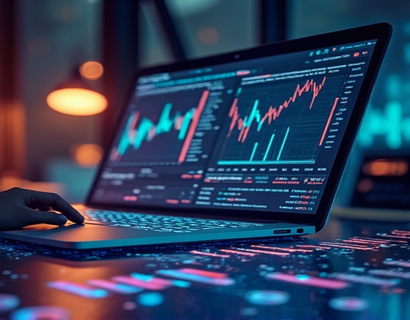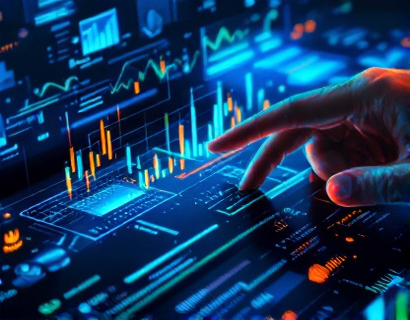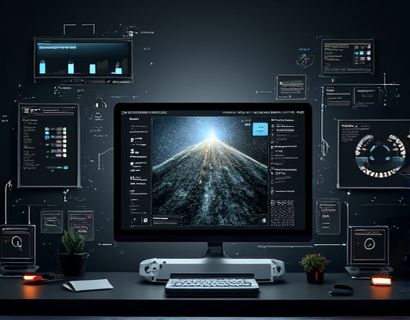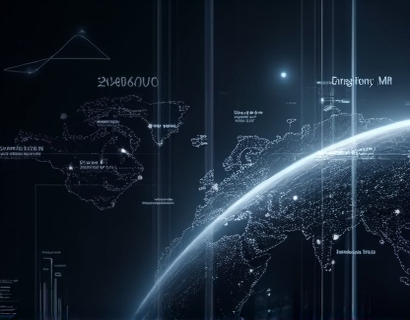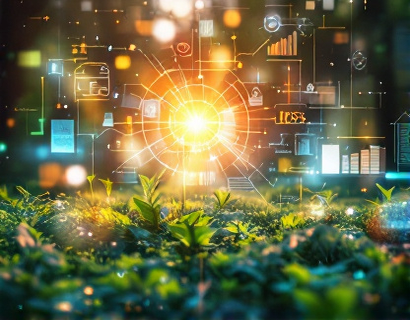Revolutionize Your Aquaponics Business with Cutting-Edge Management Software
The aquaponics industry is rapidly evolving, and with it comes the need for innovative solutions that can streamline operations and enhance productivity. As more farmers and businesses recognize the benefits of aquaponics, the demand for effective management tools has never been higher. This article explores how advanced management software can transform your aquaponics business, maximize efficiency, and promote sustainability.
Understanding Aquaponics
Aquaponics is a sustainable farming method that combines aquaculture (raising fish) and hydroponics (growing plants in water) in a symbiotic environment. In this system, fish waste provides organic nutrients for the plants, while the plants help filter and purify the water for the fish. This closed-loop system not only conserves water but also reduces the need for chemical fertilizers and pesticides, making it an environmentally friendly alternative to traditional farming methods.
The Importance of Management Software in Aquaponics
As aquaponics systems can be complex, effective management is crucial for success. Management software designed specifically for aquaponics can help farmers monitor and control various aspects of their operations, ensuring optimal conditions for both fish and plants. Here are some key benefits of using management software in your aquaponics business:
- Streamlined Operations: Management software can automate many routine tasks, such as monitoring water quality, feeding schedules, and nutrient levels. This automation saves time and reduces the risk of human error.
- Data-Driven Decisions: Advanced software solutions provide real-time data analytics, allowing farmers to make informed decisions based on current conditions. This data can help optimize growth rates and improve overall system performance.
- Enhanced Productivity: By optimizing resource use and minimizing waste, management software can significantly boost productivity. Farmers can grow more fish and plants in less time, increasing their overall yield.
- Sustainability: With a focus on minimizing environmental impact, management software can help farmers implement sustainable practices. This includes efficient water use, reduced energy consumption, and lower carbon footprints.
Key Features of Advanced Aquaponics Management Software
When selecting management software for your aquaponics business, it’s essential to look for features that cater specifically to the needs of aquaponics systems. Here are some critical features to consider:
1. Real-Time Monitoring
Real-time monitoring tools allow farmers to track water quality parameters such as pH, temperature, dissolved oxygen, and nutrient levels. This information is vital for maintaining a healthy ecosystem and ensuring optimal growth conditions for both fish and plants.
2. Automated Control Systems
Automated control systems can adjust environmental conditions based on real-time data. For example, if the water temperature rises above a certain threshold, the system can automatically activate cooling mechanisms to bring it back to the desired level.
3. Inventory Management
Effective inventory management tools help farmers keep track of their fish and plant stock, as well as supplies such as feed and nutrients. This feature ensures that farmers can maintain adequate levels of resources without overstocking or running out.
4. Reporting and Analytics
Comprehensive reporting and analytics features provide insights into system performance over time. Farmers can analyze trends, identify areas for improvement, and make data-driven decisions to enhance productivity.
5. User-Friendly Interface
A user-friendly interface is essential for ensuring that all team members can easily navigate the software. Intuitive design and clear visualizations make it easier to monitor systems and respond to issues as they arise.
Implementing Management Software in Your Aquaponics Business
Transitioning to a management software solution can seem daunting, but with careful planning and execution, it can lead to significant improvements in your aquaponics operations. Here are some steps to consider when implementing management software:
1. Assess Your Needs
Before selecting a software solution, assess your specific needs and challenges. Consider factors such as the size of your operation, the types of fish and plants you are growing, and any existing systems you may need to integrate with.
2. Research Available Solutions
Take the time to research different management software options available in the market. Look for solutions that offer the features you need and have a proven track record in the aquaponics industry.
3. Train Your Team
Once you have selected a software solution, invest in training for your team. Ensure that everyone understands how to use the software effectively and can leverage its features to optimize operations.
4. Monitor and Adjust
After implementation, continuously monitor the performance of the software and its impact on your operations. Be open to making adjustments as needed to maximize its effectiveness.
Case Studies: Success Stories in Aquaponics Management
To illustrate the impact of management software on aquaponics businesses, let’s explore a few success stories:
Case Study 1: Urban Aquaponics Farm
An urban aquaponics farm implemented management software to streamline its operations. By automating monitoring and control systems, the farm was able to reduce labor costs by 30% while increasing fish and plant yields by 25%. The real-time data analytics provided insights that allowed the farm to optimize feeding schedules and nutrient levels, resulting in healthier fish and faster-growing plants.
Case Study 2: Commercial Aquaponics Operation
A commercial aquaponics operation faced challenges with inventory management and resource allocation. After adopting management software, the operation improved its inventory tracking, reducing waste by 40%. The software’s reporting features enabled the team to analyze production trends, leading to more efficient resource use and a 20% increase in overall productivity.
Future Trends in Aquaponics Management Software
The aquaponics industry is continuously evolving, and so is the technology that supports it. Here are some future trends to watch for in aquaponics management software:
1. Integration with IoT Devices
The Internet of Things (IoT) is set to revolutionize aquaponics management. By integrating IoT devices, farmers can gain even more precise control over their systems. Sensors can provide real-time data on environmental conditions, while automated systems can adjust parameters without human intervention.
2. Artificial Intelligence and Machine Learning
Artificial intelligence (AI) and machine learning are becoming increasingly important in agriculture. These technologies can analyze vast amounts of data to identify patterns and make predictions, helping farmers optimize their operations and improve yields.
3. Enhanced Sustainability Features
As sustainability becomes a more significant focus in agriculture, management software will likely incorporate features that help farmers track their environmental impact. This could include tools for measuring carbon footprints, water usage, and energy consumption.
Conclusion
In conclusion, advanced management software is essential for revolutionizing your aquaponics business. By streamlining operations, enhancing productivity, and promoting sustainability, these tools empower farmers to create thriving ecosystems that produce healthy fish and plants. As the aquaponics industry continues to grow, embracing innovative software solutions will be key to staying competitive and contributing to a greener future in sustainable farming.









